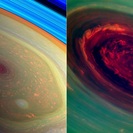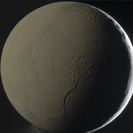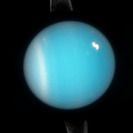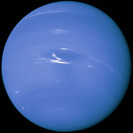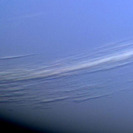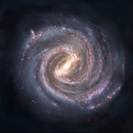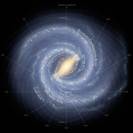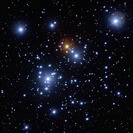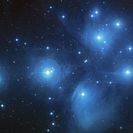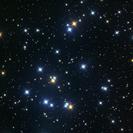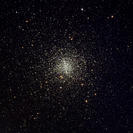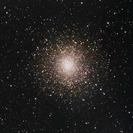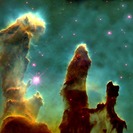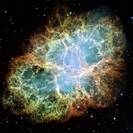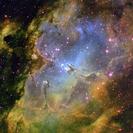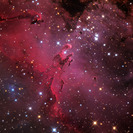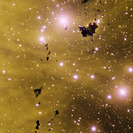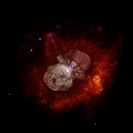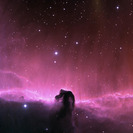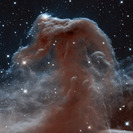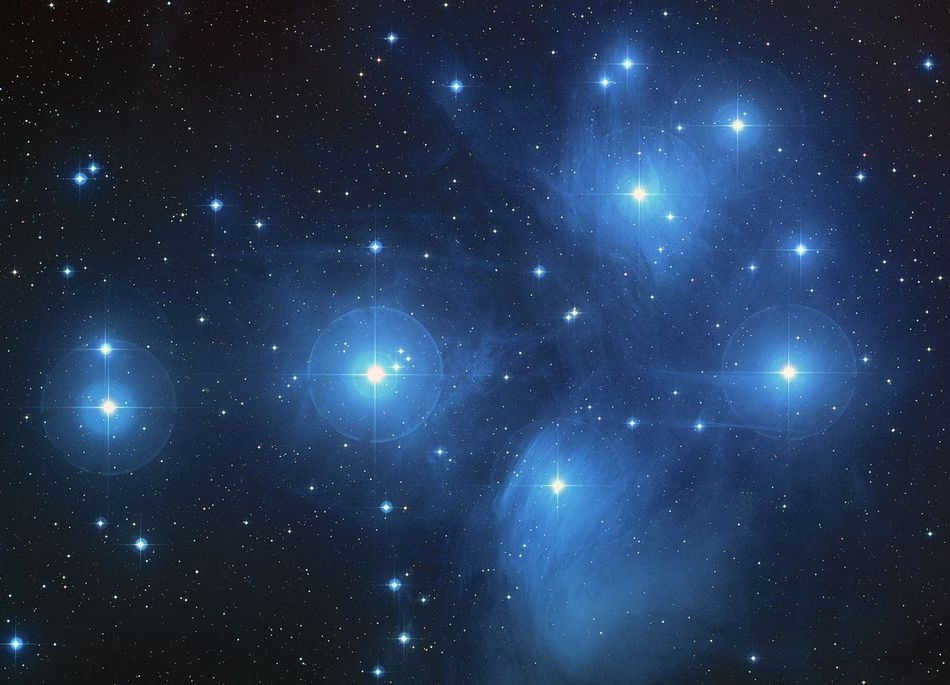The Pleiades - also known as 'The Seven Sisters' - is an open star cluster in the constellation of Taurus. At a distance of just 450 light years, it is one of the closest star clusters to Earth and is famous for its bright blue stars that are clearly visible with the naked eye in the northern hemisphere, even from areas with considerable light pollution. Despite its nickname you can see that there are more than seven bright blue stars in this cluster. The total number of confirmed stars exceeds one thousand, but the dimmer ones cannot be seen in this image. The brightest blue stars are young - as always we are talking about astronomical scales, in this case' young' means less than 100 million years. They burn their hydrogen at very high rates and will be the next stars in the cluster to end their lives. Anyhow, the fact that these hot blue stars still exist today reveals valuable information about the maximum age of the star cluster. Within the next 250 million years the Pleiades will slowly disperse due to gravitational disturbances caused by its galactic neighbourhood.
But there is also something interesting in this cluster that cannot be seen in the image: a large number of X-ray point sources inside this cluster are the smoking guns of violent supernovae that destroyed the most massive stars of this cluster in the past. The remnants of these supernovae are either black holes or neutron stars; both emit highly energetic X-rays when surrounding matter is heated up in their accretion discs.
If interested, read more about: Stars
